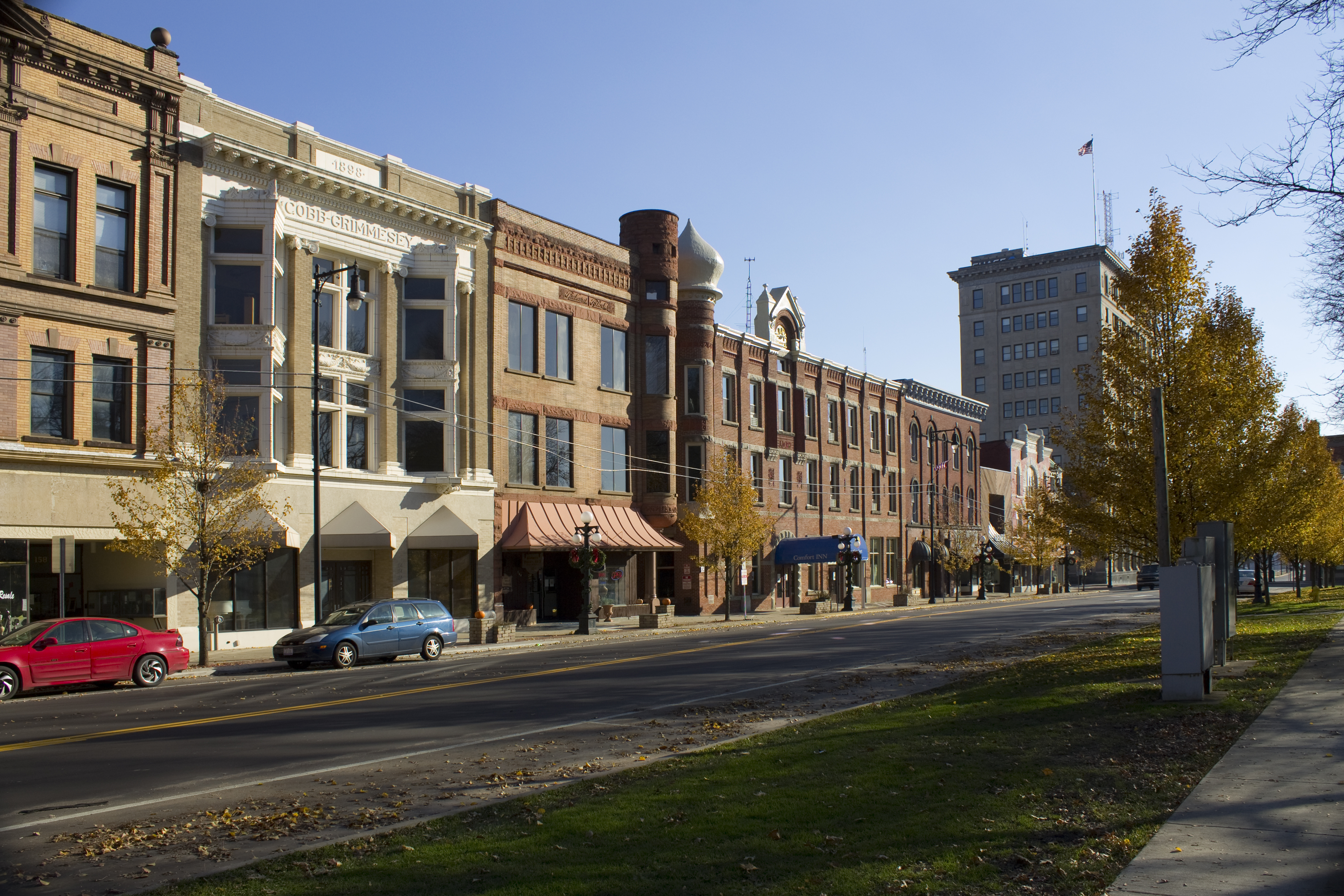About Warren County
Here’s a little bit about Warren County if you are looking for a Tax Attorney Warren County Ohio.
Warren County is a county located in the southwestern part of the U.S. state of Ohio. As of the 2020 census, the population was 242,337. Its county seat is Lebanon. The county is one of Ohio’s most affluent, with the county median income the highest of Ohio’s 88 counties. The county was created on May 1, 1803 from Hamilton County; it is named for Dr. Joseph Warren, a hero of the Revolution who sent Paul Revere and the overlooked William Dawes on their famous rides and who died at the Battle of Bunker Hill. Warren County is part of the Cincinnati, OH-KY-IN Metropolitan Statistical Area.
Warren County was founded in 1803. The first non-Native American settlers were migrants from New England. During the election of 1860 Abraham Lincoln received 60% of the vote in Warren County, and in 1864 he was reelected with 70% of the vote in the county. From that time on the county was a stronghold of the Republican party, with Ulysses S. Grant going on to carry the county by large margins in both 1868 and 1872.
According to the United States Census Bureau, the county has a total area of 407 square miles (1,050 km2), of which 401 square miles (1,040 km2) is land and 6.0 square miles (16 km2) (1.5%) is water. The county is a rough square with the sides roughly 20 miles (30 km) long.
Warren County was created by the first Ohio General Assembly in the Act of March 24, 1803, which also created Butler and Montgomery Counties. The act defined Warren County as “all that part of the county of Hamilton included within the following bounds, viz.: Beginning at the northeast corner of the county of Clermont, running thence west with the line of said county to the Little Miami; thence up the same with the meanders thereof to the north boundary of the first tier of sections in the second entire range of townships in the Miami Purchase; thence west to the northeast corner of Section No. 7 in the third township of the aforesaid range; thence north to the Great Miami; thence up the same to the middle of the fifth range of townships; thence east to the County line; thence with same south to the place of beginning.” Originally this included land now in Clinton County as far east as Wilmington.
Clinton County proved a continuing headache to the legislature. The Ohio Constitution requires that every county have an area of at least four hundred square miles (1,036 km2). Clinton County’s boundaries were several times adjusted in an effort to comply with that clause of the constitution. One of them, the Act of January 30, 1815, detached a strip of land from the eastern side to give to Clinton. That would have left Warren under four hundred square miles (1,036 km2), so a portion of Butler County (the part of Franklin Township where Carlisle is now located) was attached to Warren in compensation. The 1815 act was as follows:
Section 1—That all that part of the county of Butler lying and being within the first and second fractional townships in the fifth range, and adjoining the south line of Montgomery County, shall be and the same is hereby attached to and made part of the county of Warren.
Section 2—That eleven square miles 28 km2 of the territory of the county of Warren and extending parallel to the said eastern boundary of Warren County, along the whole length of such eastern boundary from north to south, shall be and the same is hereby attached to and made a part of the county of Clinton.”
Except for the sections formed by the Great and Little Miamis, the sides are all straight lines.
The major rivers of the county are the Great Miami River, which flows through the northwest corner of the county in Franklin Township, and the Little Miami River which zig-zags across the county from north to south. There is one sizable lake, the Caesars Creek Reservoir, created by a U.S. Army Corps of Engineers dam on Caesars Creek in the northeast part of the county in Massie Township.
As of the census of 2000, there were 158,383 people, 55,966 households, and 43,261 families residing in the county. The population density was 396 people per square mile (153/km2). There were 58,692 housing units at an average density of 147 per square mile (57/km2). The racial makeup of the county was 94.66% White, 2.73% Black or African American, 0.18% Native American, 1.26% Asian, 0.03% Pacific Islander, 0.31% from other races, and 0.84% from two or more races. Hispanic or Latino of any race were 1.03% of the population.
There were 55,966 households, out of which 39.70% had children under the age of 18 living with them, 66.20% were married couples living together, 8.00% had a female householder with no husband present, and 22.70% were non-families. 18.90% of all households were made up of individuals, and 6.40% had someone living alone who was 65 years of age or older. The average household size was 2.72 and the average family size was 3.12.
In the county, the population was spread out, with 27.70% under the age of 18, 7.10% from 18 to 24, 34.00% from 25 to 44, 21.80% from 45 to 64, and 9.40% who were 65 years of age or older. The median age was 35 years. For every 100 females there were 102.60 males. For every 100 females age 18 and over, there were 102.40 males.
The median income for a household in the county was $57,952, and the median income for a family was $64,692. Males had a median income of $47,027 versus $30,862 for females. The per capita income for the county was $25,517. About 3.00% of families and 4.20% of the population were below the poverty line, including 4.40% of those under age 18 and 4.70% of those age 65 or over.
As of the 2010 United States Census, there were 212,693 people, 76,424 households, and 57,621 families residing in the county. The population density was 530.0 inhabitants per square mile (204.6/km2). There were 80,750 housing units at an average density of 201.2 per square mile (77.7/km2). The racial makeup of the county was 90.5% white, 3.9% Asian, 3.3% black or African American, 0.2% American Indian, 0.7% from other races, and 1.5% from two or more races. Those of Hispanic or Latino origin made up 2.2% of the population. In terms of ancestry, 28.7% were German, 14.1% were Irish, 12.0% were English, 11.6% were American, and 5.0% were Italian.
Of the 76,424 households, 40.1% had children under the age of 18 living with them, 62.6% were married couples living together, 8.8% had a female householder with no husband present, 24.6% were non-families, and 20.4% of all households were made up of individuals. The average household size was 2.70 and the average family size was 3.14. The median age was 37.8 years.
The median income for a household in the county was $71,274 and the median income for a family was $82,090. Males had a median income of $61,091 versus $41,331 for females. The per capita income for the county was $31,935. About 4.7% of families and 6.0% of the population were below the poverty line, including 7.6% of those under age 18 and 5.2% of those age 65 or over.
Warren County is home to the Mason Business Center, a 2-million-square-foot (0.19 km2) research and development facility for Procter and Gamble (P&G), whose global headquarters are located in downtown Cincinnati. Originally built in 1995 after three years of construction, P&G recently completed expansion of a new 500,000-square-foot (46,000 m2) Beauty and Innovation Center in 2019, adding an additional 1,000 jobs for a total of 2,800 employees at the site. Mason is also home to the corporate headquarters of LensCrafters.
If you are looking for a tax attorney Warren County Ohio, you are at the right spot. Give us a call today at 330-331-7611.









